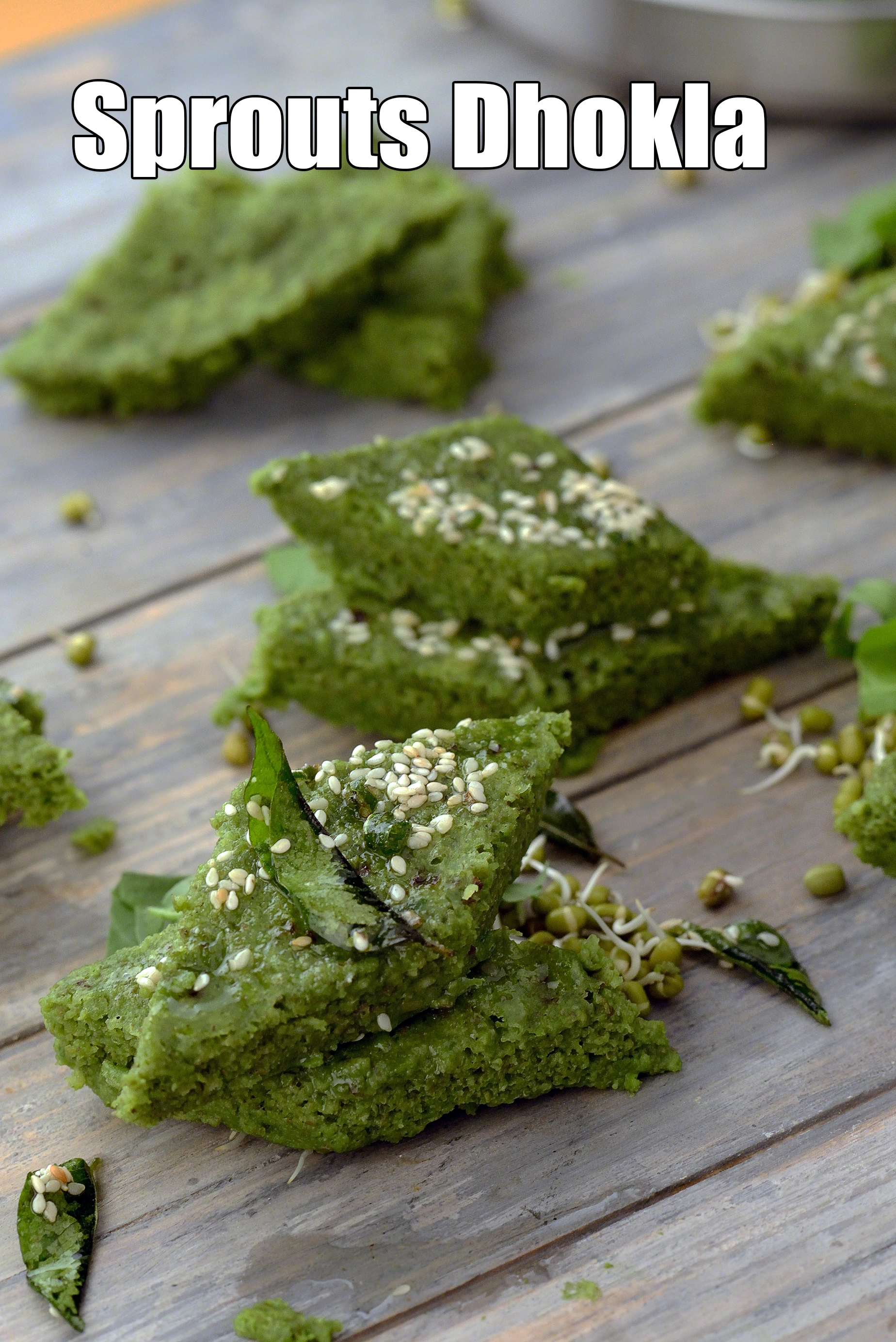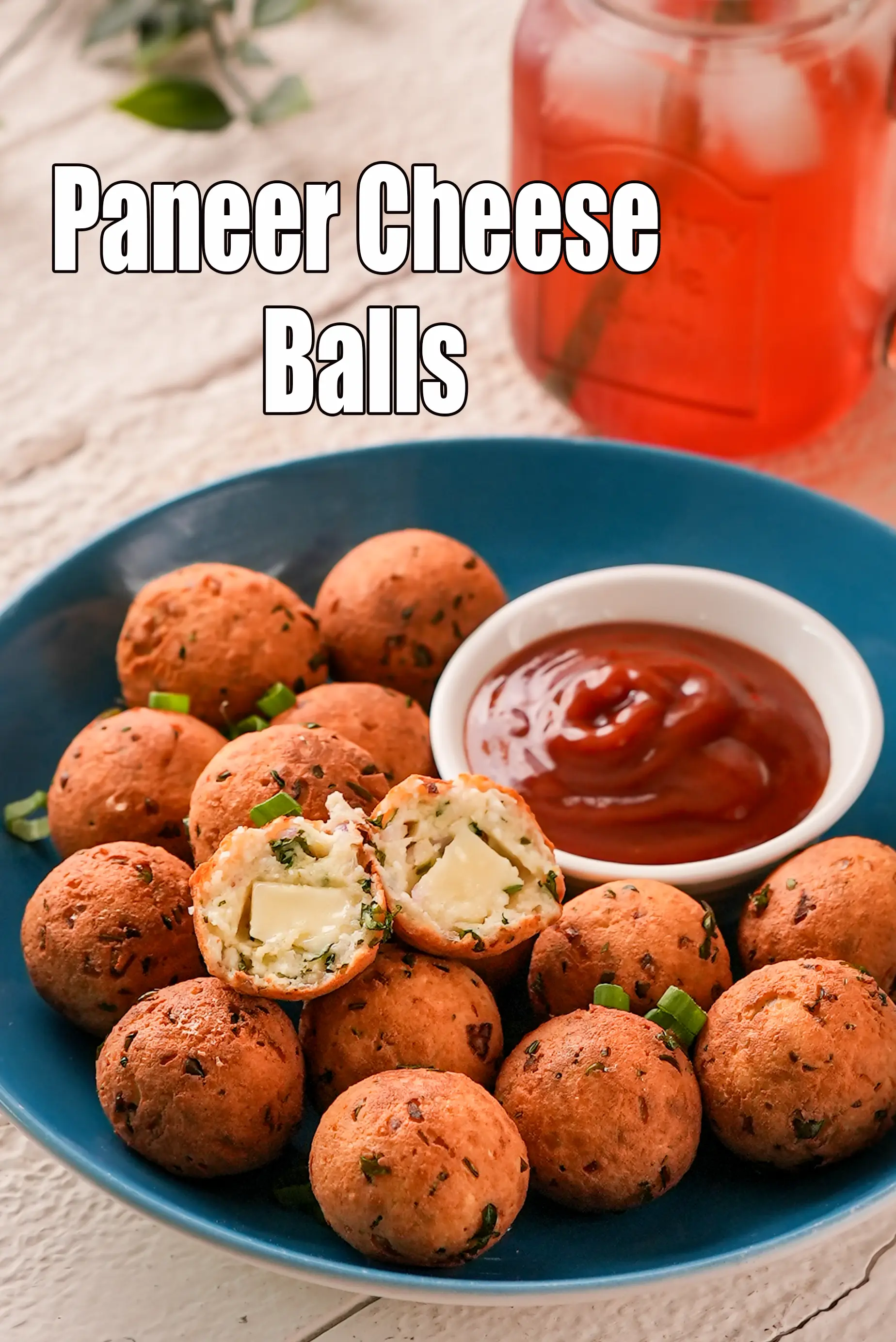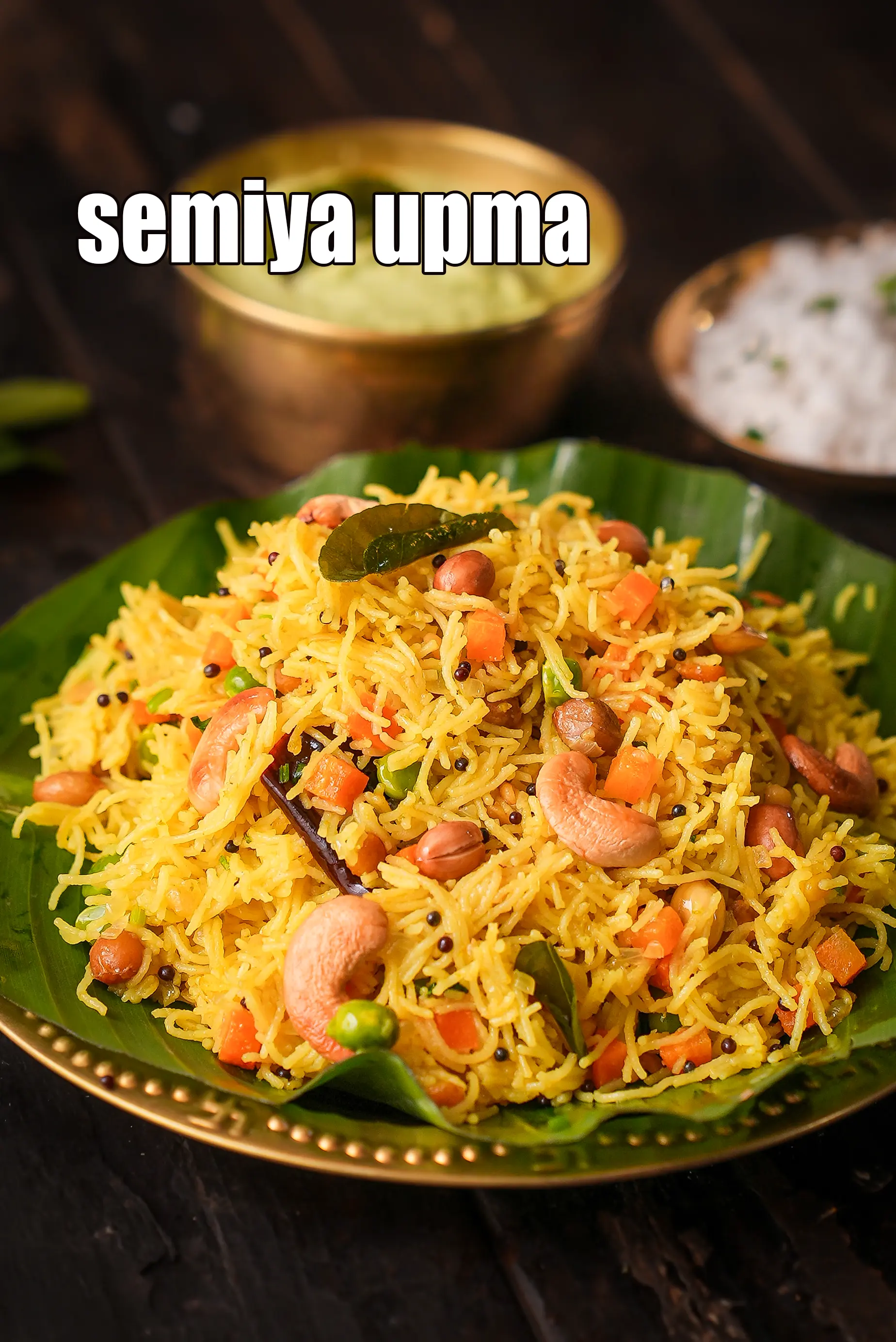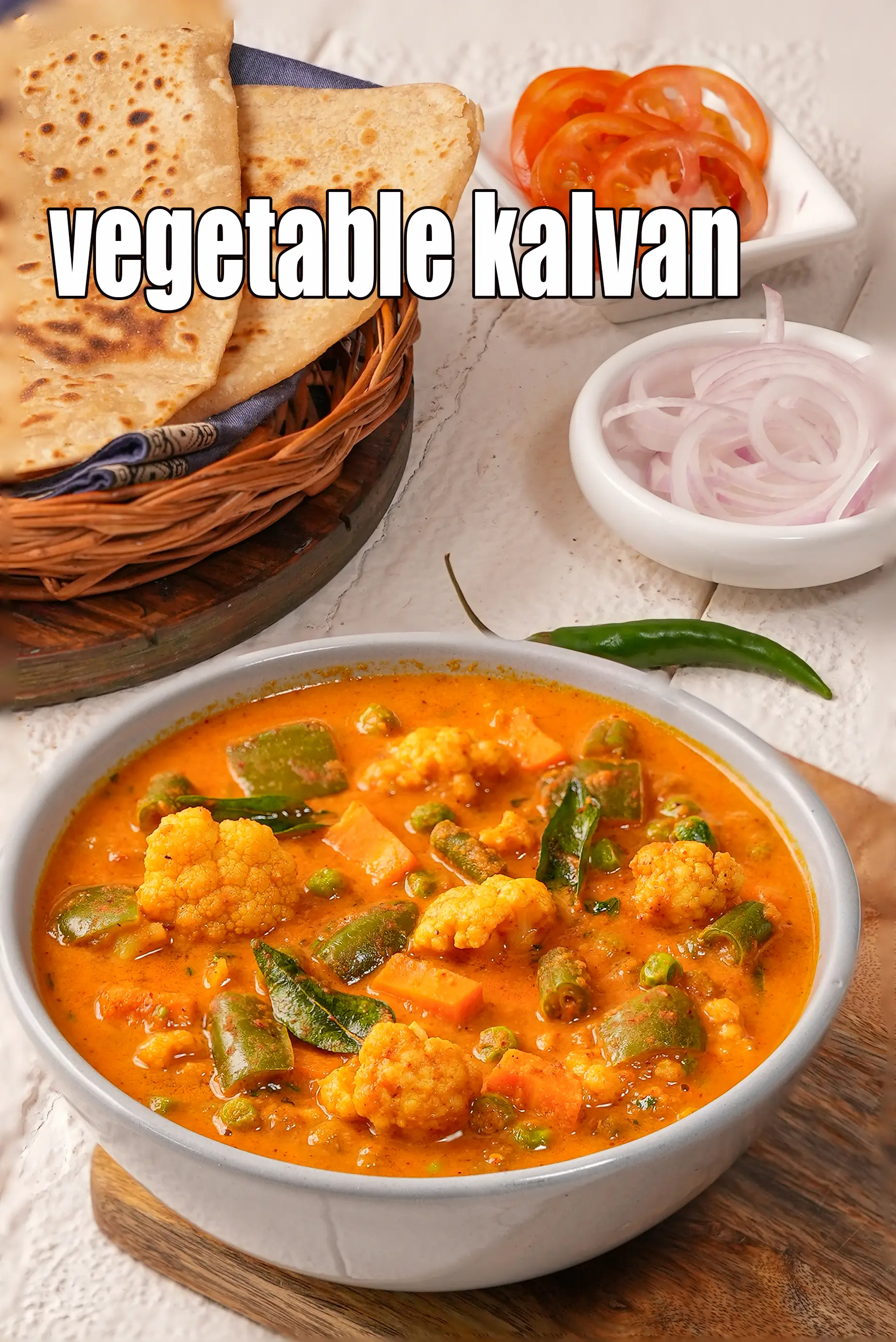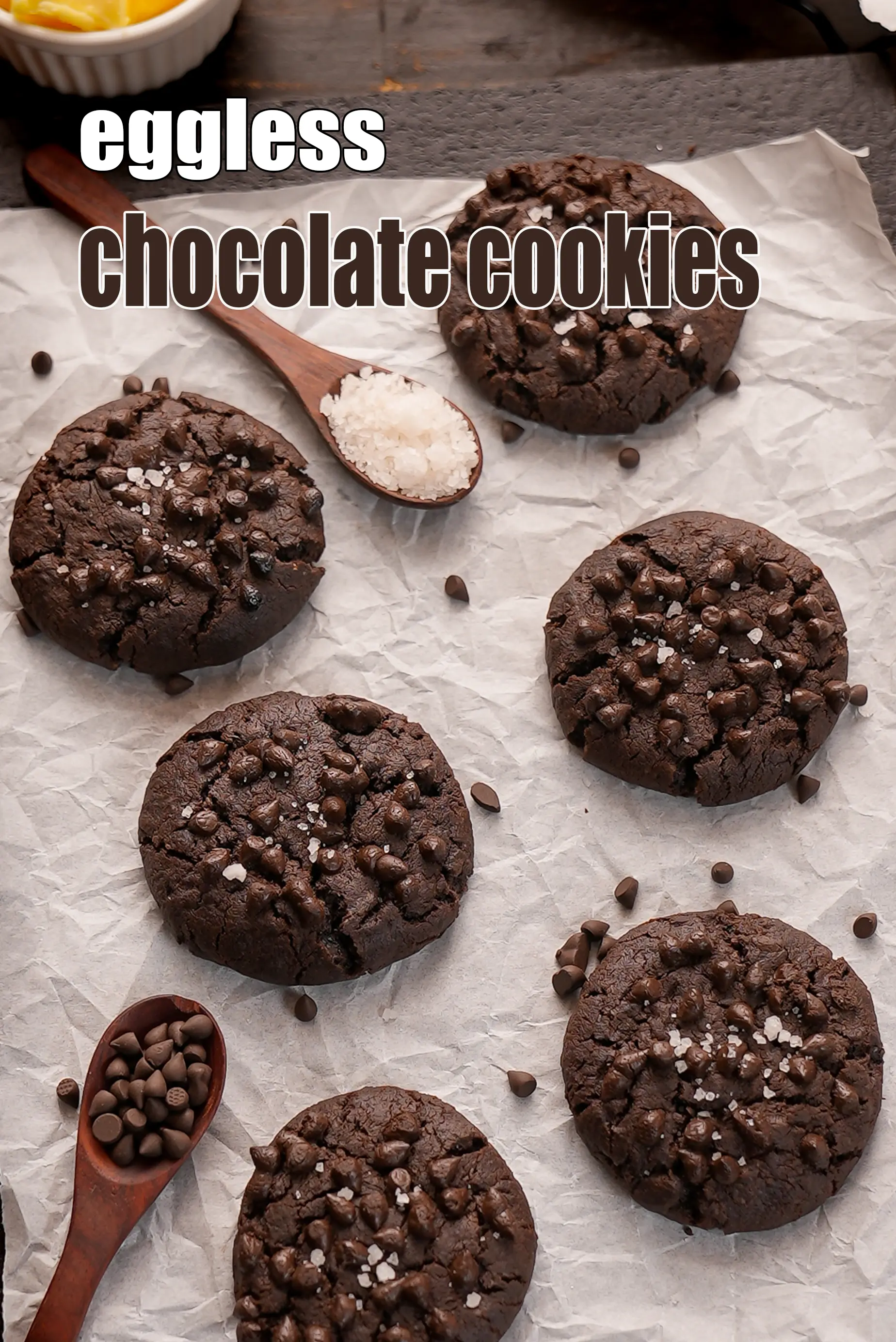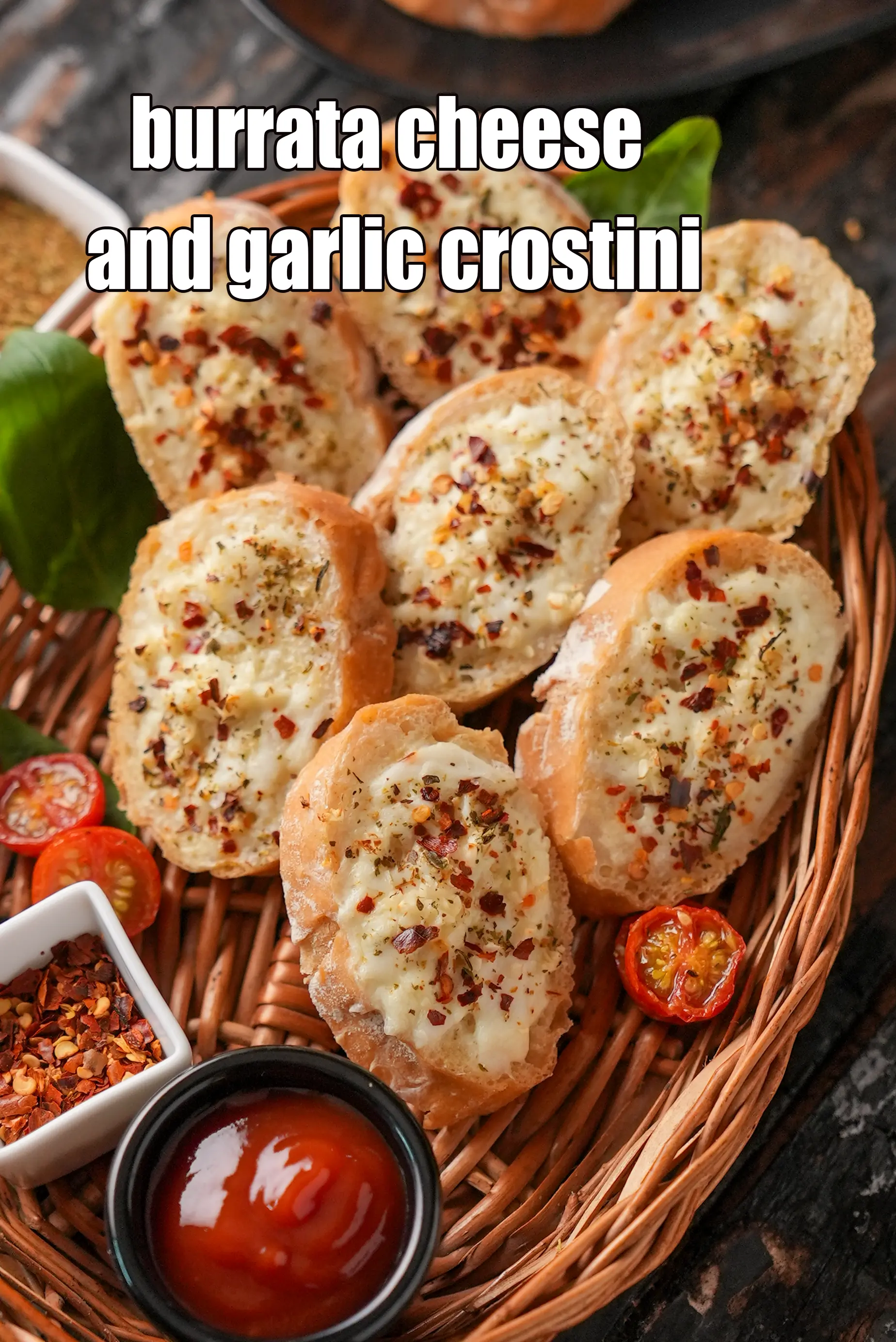Nutritional Facts of Panchamrut, Panchamrit, Calories in Panchamrut, Panchamrit
This calorie page has been viewed 12627 times
Course
Occasion & Party
Occasion & Party
Table of Content
How many calories does one cup of Panchamrut have?
One cup of Panchamrut gives 286 calories. Out of which carbohydrates comprise 95 calories, proteins account for 30 calories and remaining calories come from fat which is 125 calories. One cup of Panchamrut provides about 14 percent of the total daily calorie requirement of a standard adult diet of 2,000 calories.
286 calories for 1 cup of Panchamrut, Panchamrit, Cholesterol 0 mg, Carbohydrates 23.7g, Protein 7.6g, Fat 13.9g.
See Panchamrut recipe. panchamrit recipe | panchamrut prasad | charnamrit | panchamrut for poojas |
Panchamrut is a traditional recipe used in Hindu religious functions. Easy and quick to make panchamrut is made of these 5 ingredients : milk, curds, sugar, honey and ghee which makes a prasad.
panchamrut prasad is served at religious festivals like janmashtami and any pujas at home like satyanarayan puja or ganesh poojan.
In Sanskrit panch means 5, as in 5 ingredients used and amrut means nectar which is the drink of gods. Panchamrut is believed to be purifying and nourishing and is used during the pujas and later given as prasad too.
Those who come to darshan or pooja, only have a teaspoon of panchamrut.
A garnish of basil leaves gives the Panchamrut a nice flavour and aroma too. Enjoy this panchamrut prasad at home during religious festivals.
Is Panchamrut healthy?
No, this is not healthy. Let's see why.
Let's understand the Ingredients.
What's good.
1. Milk and Low Fat Milk : 1 cup of milk provides 70% of the Recommended Daily Allowance of Calcium. Milk promotes strong bones. The Calcium in Milk helps to protect your teeth against gum disease and keeps your jaw bone strong and healthy. Milk is low in carbs and therefore does not raise blood glucose levels. However diabetics must consider including low fat milk as advised by their dietitian only so as to avoid any fluctuations in blood sugar levels. Protein is another key nutrient which milk is rich in - 8.6 g from a cup. So all those looking to build protein stores can add milk and its products like curd and paneer to their diet. One cup of Milk gives 10 grams of carbs. Low fat milk has lower fat and the same benefits of milk.
2. Curd + Low fat Curds : Curds help in digestion as it has very good bacteria. Probiotics in curds acts as a mild laxative but, in case of diarrhoea and dysentery, it is a boon, if curd is used with rice.They help in weight reduction, good for your heart and build immunity. The only difference between curds and low fat curds is the fat level. Read the benefits of curds to include in your daily diet.
3. Ghee : Other than calories and fats, the only nutrients that ghee is rich in are the vitamins – all of which are fat-soluble. All the 3 vitamins (Vitamin A, Vitamin E and Vitamin K) are antioxidants which have a role in removing free radicals from the body and protecting our cell as well as help in maintaining skin health and glow. Ghee is an excellent, high-quality selection medium of cooking because of its high smoke point. As compared to most oils and butter, ghee can handle a smoke point of 230°C, 450°F, thus its less prone to oxidant and destruction of nutrients. Yes, ghee does contain cholesterol, but some amount of cholesterol is needed by the body. Cholesterol has some functions to play too. It is necessary for hormone production, brain function, cell health and lubricating the joints. It is, in reality, a high quality fat for the body and brain. Ghee is loaded with fats but that’s medium chain fatty acids (MCT) which aid in weight loss. Ghee is healthy for daibetics in small amounts and you need to check your fat intake at the same time. Learn to easily make your ghee at home which is free of preservatives. See benefits of ghee.
What's the problem?
1. Sugar : Sugar used in the recipe is also called white poison. It is a simple carbohydrate with zero nutritional value. On intake, sugar will cause inflammation of the body which will last for many hours. It will spike your blood sugar level and shut down the fat burning process. This also causes high blood sugar levels in your body. The development of prediabetes comes from uncontrolled eating sugar and refined food products for many years and the classic symptom is if you have excess belly fat. This leads to diabetes and further onwards to heart attack, high blood pressure, strokes, impotence and kidney damage. To live a healthy life, try and cut sugar which from your diet. It requires a slow and deliberate attempt to do it. Find hidden sugar in packaged foods and drinks and stop having those products. Did you know that a can of your favourite soft drink is estimated to have 1/2 cup of sugar. Refinded carbohydrates like maida, sugar, bread, pasta, noodles and sugar on consumption get stored as unhealthy fat in the body.
Can diabetics, heart patients and over weight individuals have Panchamrut?
No, this recipe is not good for diabetics, heart and weight loss. The recipe uses sugar and honey which is not suitable for a healthy lifestyle. Sugar used in the recipe is also called white poison. It is a simple carbohydrate with zero nutritional value. On intake, sugar will cause inflammation of the body which will last for many hours. It will spike your blood sugar level and shut down the fat burning process. This also causes high blood sugar levels in your body. The development of prediabetes comes from uncontrolled eating sugar and refined food products for many years and the classic symptom is if you have excess belly fat. This leads to diabetes and further onwards to heart attack, high blood pressure, strokes, impotence and kidney damage.
Can healthy individuals have Panchamrut?
No.
Panchamrut is high in
1. Calcium : Calcium is a mineral that makes bones stay strong. Required from kids to adults.
Note : a recipe is deemed high in a Vitamin or mineral if it meets 20% and above the recommended daily allowance based on a 2,000 calorie diet.
How to burn 286 calories that come from Four Panchamrut?
Walking (6 kmph) = 1 hr 26 mins
Running (11 kmph) = 29 mins
Cycling (30 kmph) = 38 mins
Swimming (2 kmph) = 49 mins
Note: These values are approximate and calorie burning differs in each individual.
| Energy | 286 cal |
| Protein | 7.6 g |
| Carbohydrates | 23.7 g |
| Fiber | 0.1 g |
| Fat | 13.9 g |
| Cholesterol | 0 mg |
| Vitamin A | 301.3 mcg |
| Vitamin B1 | 0.1 mg |
| Vitamin B2 | 0.2 mg |
| Vitamin B3 | 0.2 mg |
| Vitamin C | 1.8 mg |
| Folic Acid | 9.9 mcg |
| Calcium | 366.7 mg |
| Iron | 0.4 mg |
| Magnesium | 0 mg |
| Phosphorus | 0 mg |
| Sodium | 33.2 mg |
| Potassium | 183.2 mg |
| Zinc | 0.5 mg |
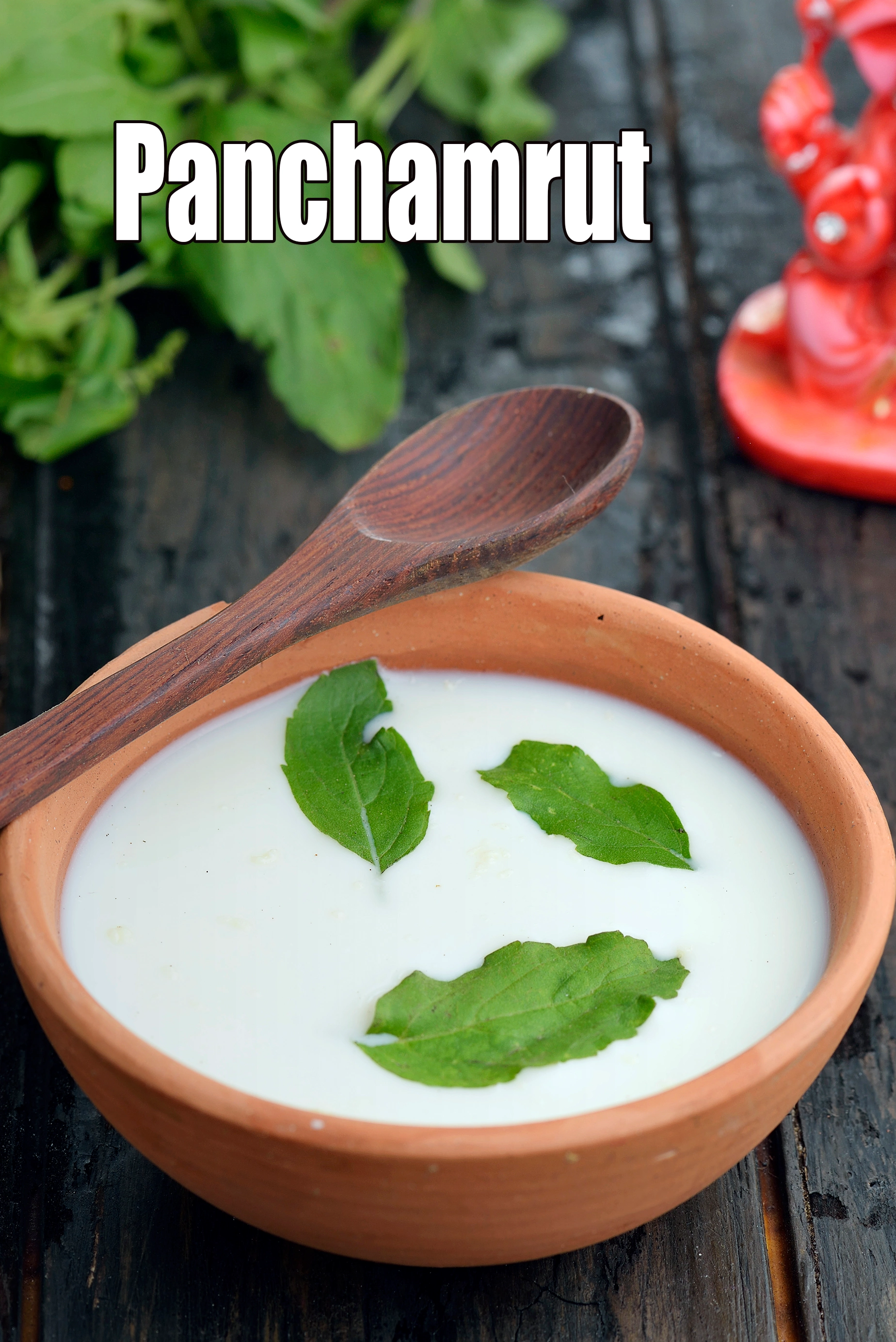
Click here to view Panchamrut, Panchamrit
Calories in other related recipes
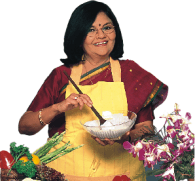
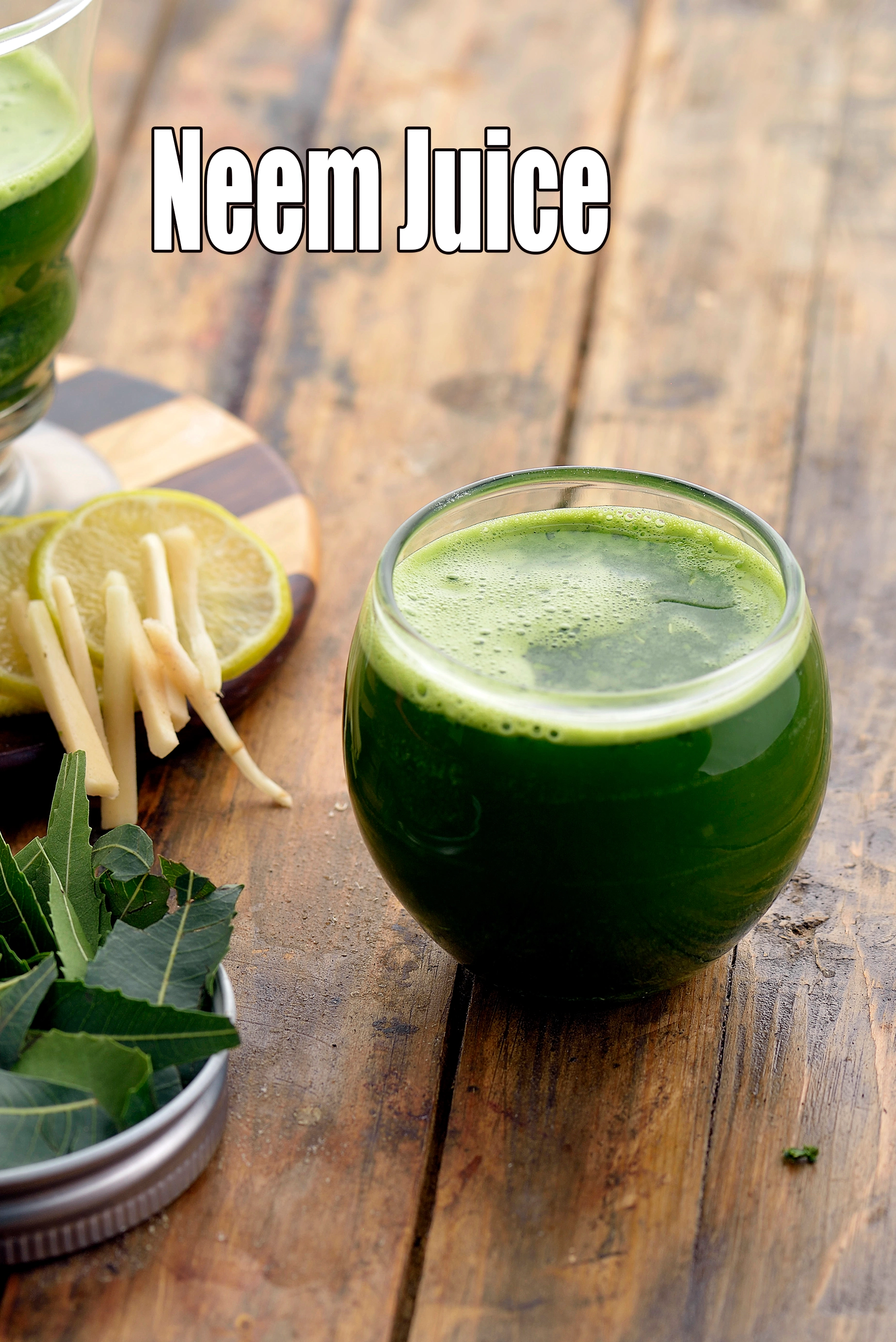
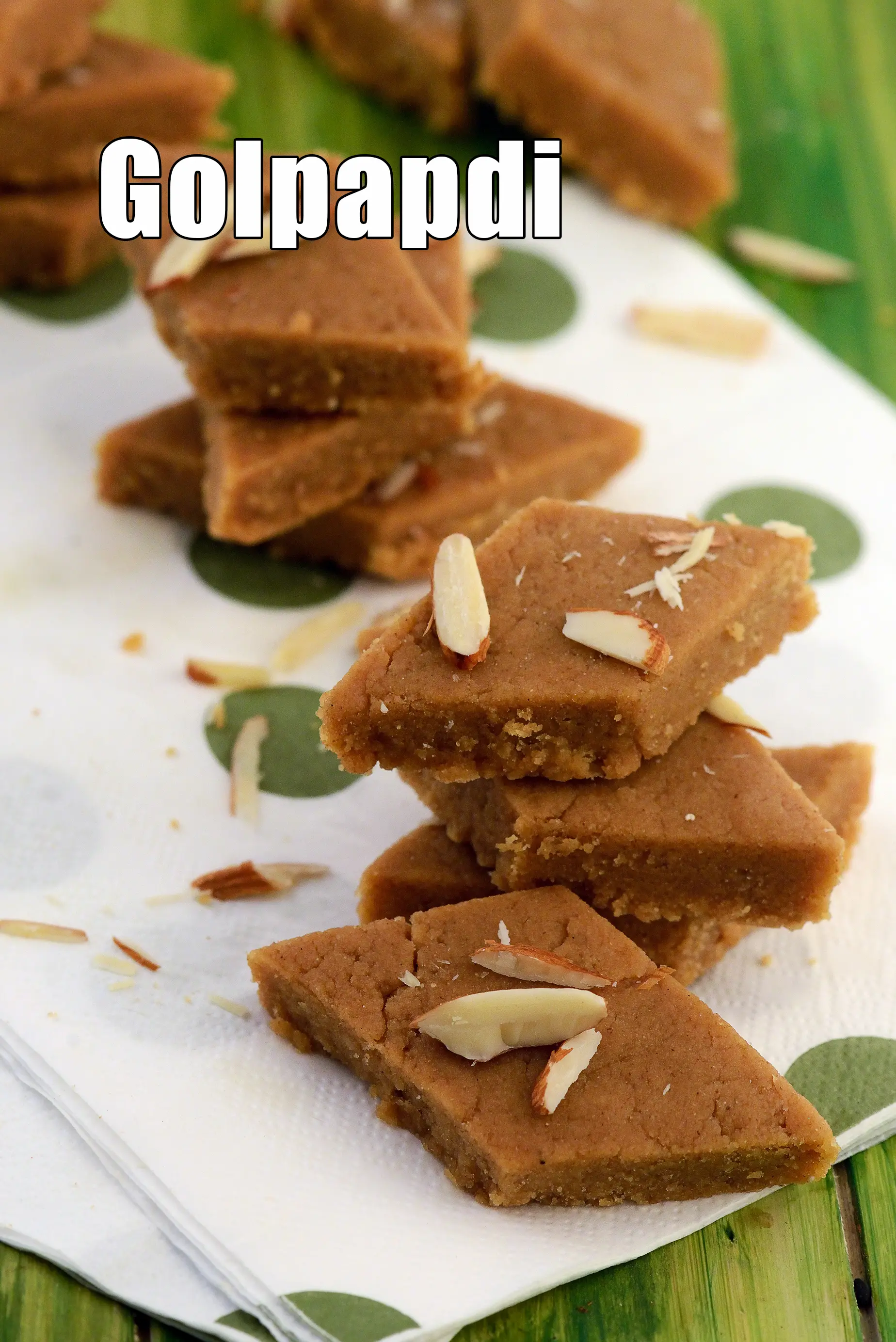
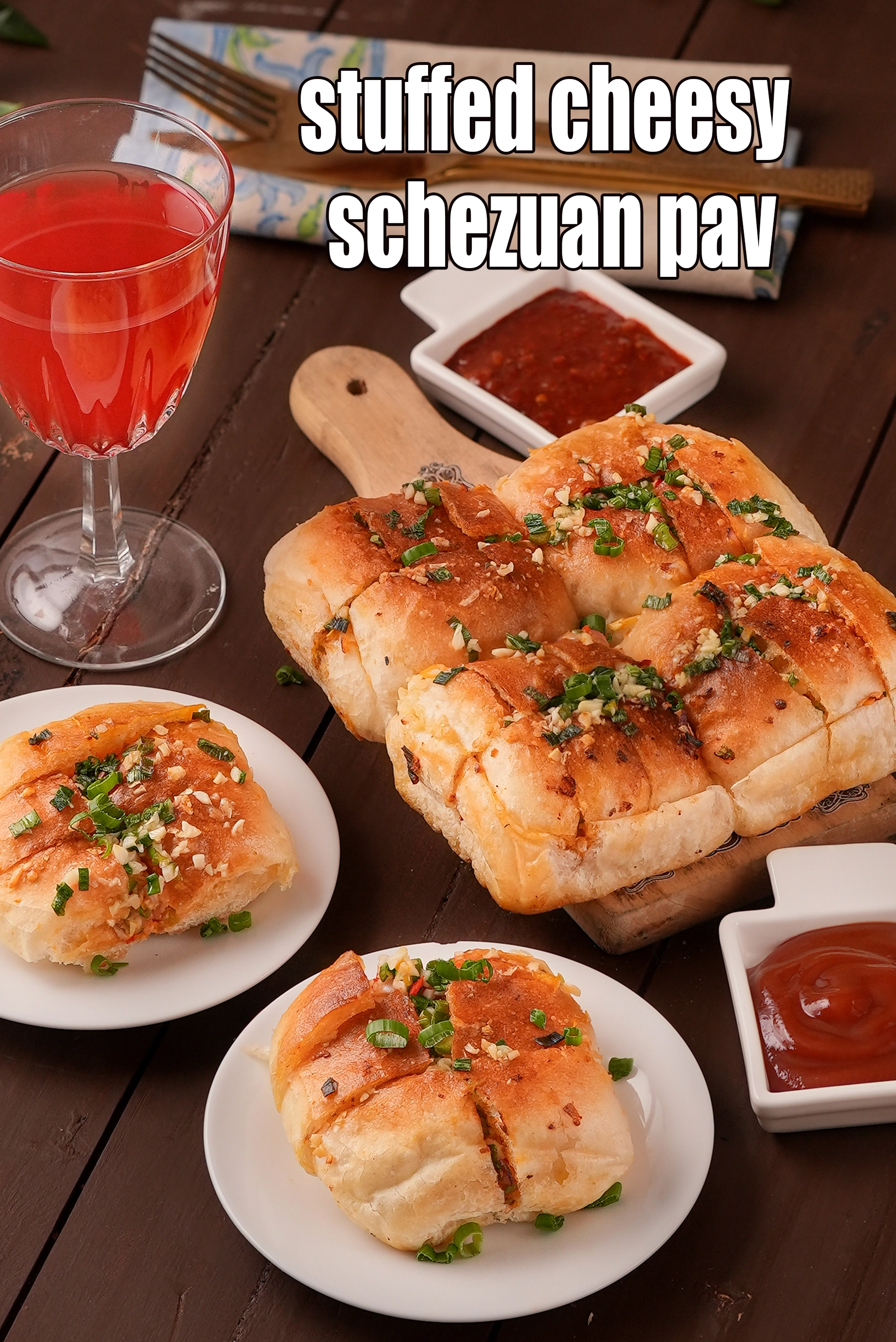
-10876.webp)
